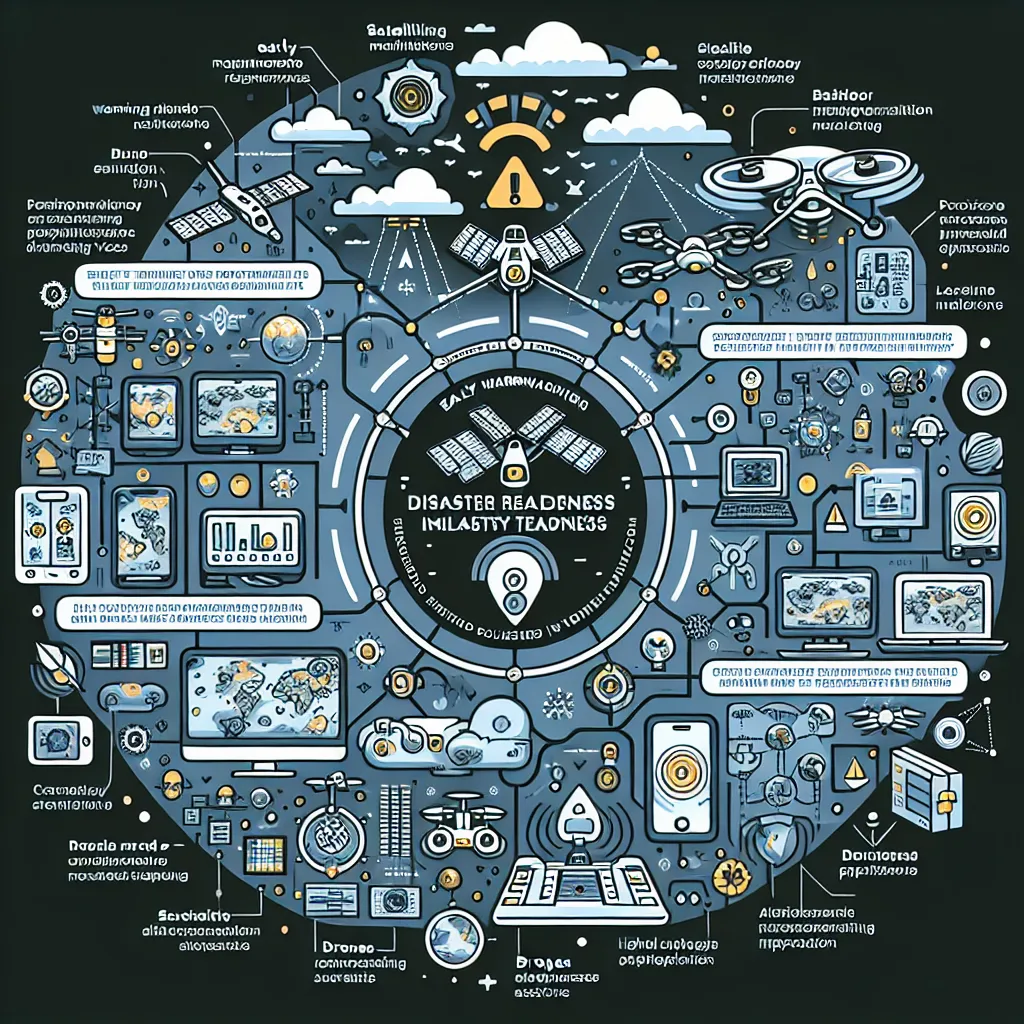Welcome to our IELTS Reading practice test focusing on the topic of “Global tourism and its effects on local cultures.” This comprehensive test will help you prepare for the IELTS Reading section by exploring various aspects of tourism’s impact on local communities worldwide. Let’s dive into this engaging and thought-provoking subject while honing your reading skills.
Nội dung bài viết
- IELTS Reading Test
- Passage 1 (Easy Text)
- The Rise of Global Tourism
- Questions 1-5
- Questions 6-10
- Passage 2 (Medium Text)
- Cultural Exchange and Identity in the Age of Global Tourism
- Questions 11-15
- Questions 16-20
- Passage 3 (Hard Text)
- Navigating the Complexities of Cultural Sustainability in Global Tourism
- Questions 21-26
- Questions 27-33
- Questions 34-40
- Answer Key
- Passage 1
- Passage 2
- Passage 3
- Conclusion
 Global tourism effects on local cultures
Global tourism effects on local cultures
IELTS Reading Test
Passage 1 (Easy Text)
The Rise of Global Tourism
The tourism industry has experienced unprecedented growth in recent decades, transforming it into one of the world’s largest economic sectors. This exponential expansion has been fueled by factors such as increased disposable income, improved transportation networks, and the rise of digital platforms facilitating travel planning and bookings.
As more people venture beyond their borders, the intermingling of cultures has become increasingly common. Tourists seek authentic experiences, often gravitating towards destinations known for their unique cultural heritage and traditions. This cultural exchange can lead to both positive and negative outcomes for local communities.
On the one hand, tourism can bring economic benefits to host communities, creating job opportunities and stimulating local economies. It can also foster cross-cultural understanding and appreciation, as visitors learn about different ways of life and traditions. Many regions have seen a revitalization of traditional crafts and customs as they cater to tourist interests.
However, the influx of tourists can also pose challenges to local cultures. The commodification of cultural practices for tourist consumption may lead to a loss of authenticity. Additionally, the pressure to adapt to tourist expectations can result in the dilution of local traditions and customs. Environmental concerns also arise as popular destinations struggle to manage increased foot traffic and waste.
As global tourism continues to evolve, finding a balance between economic development and cultural preservation remains a critical challenge for destinations worldwide.
Questions 1-5
Do the following statements agree with the information given in the reading passage?
Write:
- TRUE if the statement agrees with the information
- FALSE if the statement contradicts the information
- NOT GIVEN if there is no information on this
- The growth of the tourism industry has been slow and steady over the past few decades.
- Digital platforms have played a role in the expansion of global tourism.
- Tourism always has a negative impact on local economies.
- Some traditional crafts have been revived due to tourist interest.
- All popular tourist destinations have successfully managed increased waste from tourism.
Questions 6-10
Complete the sentences below.
Choose NO MORE THAN TWO WORDS from the passage for each answer.
- The tourism industry has become one of the world’s largest ____ ____.
- Tourists often seek ____ experiences in their travel destinations.
- Tourism can create job opportunities and stimulate ____ ____.
- The ____ of cultural practices for tourists may lead to a loss of authenticity.
- Finding a balance between economic development and ____ ____ is a key challenge for tourist destinations.
Passage 2 (Medium Text)
Cultural Exchange and Identity in the Age of Global Tourism
The phenomenon of global tourism has ushered in an era of unprecedented cultural exchange, fundamentally altering the dynamics of local communities worldwide. This multifaceted interaction between tourists and host populations has sparked a complex dialogue about cultural identity, authenticity, and the preservation of indigenous traditions in the face of globalization.
One of the most salient effects of tourism on local cultures is the commodification of cultural practices and artifacts. As destinations seek to capitalize on their unique heritage, traditional rituals, crafts, and customs are often packaged and presented for tourist consumption. While this can lead to economic benefits and a renewed interest in cultural preservation, it also risks trivializing complex cultural elements, reducing them to mere spectacles or souvenirs.
The influx of foreign visitors and their accompanying values and behaviors can exert significant pressure on local communities to adapt. This cultural adaptation can manifest in various ways, from changes in local dress and cuisine to shifts in language use and social norms. In some cases, this leads to a homogenization of cultures, as destinations begin to cater more to international tastes and expectations, potentially eroding the very uniqueness that initially attracted visitors.
However, it would be overly simplistic to view tourism’s impact on local cultures as purely negative. Many communities have found ways to leverage tourism as a means of cultural revitalization and empowerment. By sharing their heritage with visitors, some groups have strengthened their own sense of identity and pride in their traditions. Additionally, the economic benefits of tourism can provide resources for cultural preservation efforts that might otherwise be unfeasible.
The concept of “glocalization” has emerged as a potential framework for understanding and managing the interaction between global tourism and local cultures. This approach emphasizes the importance of maintaining local distinctiveness while engaging with global trends and markets. Successful examples of glocalization in tourism often involve community-led initiatives that allow locals to maintain control over how their culture is presented and shared with visitors.
As the global tourism industry continues to evolve, particularly in the wake of technological advancements and changing travel patterns, the relationship between tourists and host communities remains dynamic. The challenge lies in fostering forms of tourism that promote genuine cultural exchange and understanding while safeguarding the integrity and authenticity of local traditions.
Questions 11-15
Choose the correct letter, A, B, C, or D.
-
According to the passage, the commodification of cultural practices can:
A) Only have negative effects on local cultures
B) Lead to both economic benefits and potential loss of authenticity
C) Always preserve indigenous traditions effectively
D) Have no impact on local economies -
The text suggests that cultural adaptation due to tourism can result in:
A) Strengthening of local traditions only
B) Rejection of all foreign influences
C) Potential loss of cultural uniqueness
D) Immediate economic benefits for all communities -
The concept of “glocalization” in tourism emphasizes:
A) Completely rejecting global influences
B) Prioritizing global trends over local traditions
C) Balancing local distinctiveness with global engagement
D) Focusing solely on economic benefits -
The passage indicates that the impact of tourism on local cultures is:
A) Always negative
B) Always positive
C) Complex and multifaceted
D) Insignificant in the long term -
According to the text, successful cultural preservation in tourism often involves:
A) Complete isolation from tourists
B) Government-led initiatives only
C) Community-led control over cultural presentation
D) Abandoning all traditional practices
Questions 16-20
Complete the summary below.
Choose NO MORE THAN TWO WORDS from the passage for each answer.
Global tourism has led to significant cultural exchange, raising questions about cultural identity and the preservation of traditions. The (16) ____ of cultural practices for tourism can bring economic benefits but risks simplifying complex cultural elements. The presence of tourists can pressure locals to (17) ____, potentially leading to cultural homogenization. However, some communities use tourism for cultural (18) ____ and empowerment. The concept of (19) ____ offers a framework for balancing local distinctiveness with global engagement. The ongoing challenge is to promote genuine cultural exchange while (20) ____ the authenticity of local traditions.
Passage 3 (Hard Text)
Navigating the Complexities of Cultural Sustainability in Global Tourism
The burgeoning global tourism industry, while offering unprecedented opportunities for economic growth and cross-cultural exchange, presents a multifaceted challenge to the sustainability of local cultures worldwide. This complex interplay between tourism and cultural preservation necessitates a nuanced understanding of the various factors at play and the development of sophisticated strategies to mitigate potential negative impacts while maximizing benefits for host communities.
One of the primary concerns in the discourse surrounding tourism and cultural sustainability is the phenomenon of acculturation. This process, whereby prolonged contact between different cultural groups leads to changes in the original cultural patterns of either or both groups, is particularly pronounced in tourism-dependent regions. The influx of visitors, often from more economically dominant nations, can lead to a gradual erosion of local customs, traditions, and even languages. This is exacerbated by the economic pressures that often compel local communities to adapt to the preferences and expectations of tourists, potentially leading to a homogenization of cultural expressions and experiences.
However, it would be remiss to view tourism solely through the lens of cultural degradation. Many communities have successfully leveraged tourism as a means of cultural revitalization and economic empowerment. By commodifying certain aspects of their culture in a controlled and authentic manner, some groups have been able to reinvigorate interest in traditional practices among younger generations while also generating income. This approach, when executed thoughtfully, can serve as a bulwark against the more corrosive aspects of globalization.
The concept of “sustainable tourism” has gained traction as a potential solution to the challenges posed by mass tourism. This model emphasizes the importance of maintaining the long-term viability of tourist destinations by considering environmental, economic, and socio-cultural impacts. In the context of cultural sustainability, this often translates to initiatives that promote community-based tourism, where local residents have a significant say in how their culture is presented and shared with visitors.
One innovative approach that has emerged is the implementation of “cultural carrying capacity” assessments. Similar to environmental carrying capacity studies, these evaluations aim to determine the threshold beyond which tourism begins to negatively impact the socio-cultural fabric of a community. By establishing these limits and adhering to them through policy and practice, destinations can strive to maintain a balance between tourism development and cultural integrity.
The role of technology in shaping the future of cultural sustainability in tourism cannot be overstated. Digital platforms have the potential to both exacerbate and mitigate the challenges faced by local cultures. On one hand, social media and online booking platforms can lead to overtourism in previously obscure locations, potentially overwhelming local communities. On the other hand, these same technologies can be harnessed to educate tourists about responsible travel practices and to provide immersive, virtual cultural experiences that reduce physical tourist pressure on sensitive sites.
As the global tourism industry continues to evolve, particularly in the wake of global events that have disrupted traditional travel patterns, the opportunity arises to recalibrate the relationship between tourism and local cultures. This recalibration requires a concerted effort from various stakeholders, including governments, tourism operators, local communities, and tourists themselves. Policies that prioritize cultural sustainability, coupled with educational initiatives that foster genuine cross-cultural understanding, can pave the way for a more symbiotic relationship between global tourism and local cultural preservation.
In conclusion, navigating the complexities of cultural sustainability in the context of global tourism demands a holistic, adaptive approach. By acknowledging the potential for both positive and negative impacts, and by implementing strategies that empower local communities while satisfying the desires of responsible tourists, it is possible to envision a future where tourism serves as a catalyst for cultural vibrancy rather than a force for homogenization.
Questions 21-26
Complete the sentences below.
Choose NO MORE THAN TWO WORDS from the passage for each answer.
-
The process where prolonged contact between different cultural groups leads to changes in cultural patterns is called ____.
-
Some communities have used tourism as a means of cultural ____ and economic empowerment.
-
The concept of ____ tourism emphasizes maintaining the long-term viability of tourist destinations.
-
____ tourism is an approach where local residents have a significant say in how their culture is shared.
-
Assessments of ____ ____ aim to determine when tourism begins to negatively impact a community’s socio-cultural fabric.
-
Digital platforms have the potential to both ____ and mitigate challenges faced by local cultures.
Questions 27-33
Do the following statements agree with the claims of the writer in the reading passage?
Write:
- YES if the statement agrees with the claims of the writer
- NO if the statement contradicts the claims of the writer
- NOT GIVEN if it is impossible to say what the writer thinks about this
- Tourism always leads to the degradation of local cultures.
- Some communities have successfully used tourism to revive interest in traditional practices.
- Sustainable tourism considers only the environmental impacts of tourism.
- Cultural carrying capacity assessments are identical to environmental carrying capacity studies.
- Technology has no role in shaping the future of cultural sustainability in tourism.
- Recent global events have provided an opportunity to reconsider the relationship between tourism and local cultures.
- It is impossible to achieve a balance between global tourism and local cultural preservation.
Questions 34-40
Complete the summary below.
Choose NO MORE THAN TWO WORDS from the passage for each answer.
Global tourism presents both opportunities and challenges for local cultures. The phenomenon of (34) ____ can lead to changes in local customs and traditions, especially in tourism-dependent regions. However, some communities have used tourism for (35) ____ and economic growth. The concept of (36) ____ tourism aims to maintain the long-term viability of destinations. (37) ____ assessments help determine when tourism negatively impacts a community’s culture. Technology can both worsen and alleviate challenges, potentially leading to (38) ____ in some locations. The industry’s evolution offers a chance to (39) ____ the relationship between tourism and local cultures. A holistic approach is needed, involving various stakeholders and implementing strategies that (40) ____ local communities while satisfying responsible tourists.
Answer Key
Passage 1
- FALSE
- TRUE
- FALSE
- TRUE
- NOT GIVEN
- economic sectors
- authentic
- local economies
- commodification
- cultural preservation
Passage 2
- B
- C
- C
- C
- C
- commodification
- adapt
- revitalization
- glocalization
- safeguarding
Passage 3
- acculturation
- revitalization
- sustainable
- Community-based
- cultural carrying
- exacerbate
- NO
- YES
- NO
- NOT GIVEN
- NO
- YES
- NO
- acculturation
- revitalization
- sustainable
- Cultural carrying capacity
- overtourism
- recalibrate
- empower
Conclusion
This IELTS Reading practice test on “Global tourism and its effects on local cultures” has provided a comprehensive exploration of the complex relationship between tourism and cultural preservation. By engaging with these passages and questions, you’ve not only practiced essential reading skills but also gained valuable insights into a pressing global issue.
Remember, success in the IELTS Reading section comes from regular practice and developing effective strategies for different question types. Keep refining your skills, and don’t hesitate to explore more practice materials on our website.
For more information on related topics, check out our articles on how globalization is influencing local cultures and cultural exchange programs and their impact on global understanding. These resources will further enhance your understanding of global cultural dynamics and prepare you for similar topics in the IELTS exam.
Good luck with your IELTS preparation!


